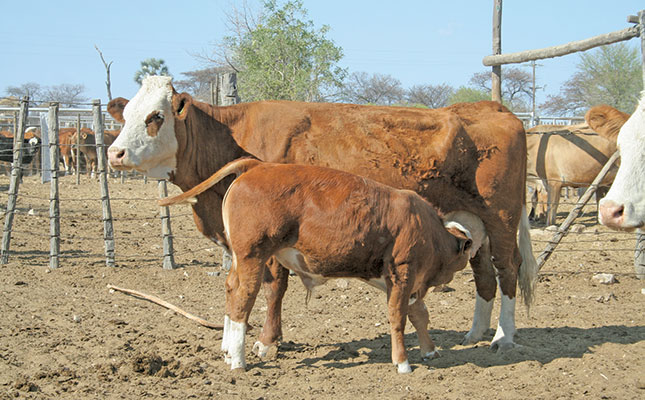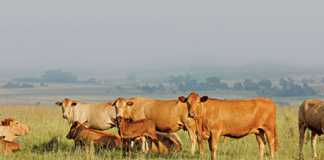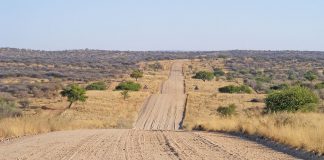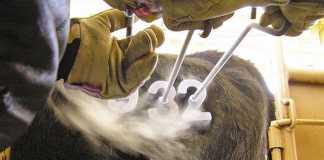
Photo: FW Archive
Beef farming slots in well with other agricultural enterprises, especially grain. Cattle can feed on resources that have little other use, such as crop residue and land not suitable for crops.
Before entering the cattle business, though, you should consider your resources, the land available and your level of interest and skill. You should know why you want to rear cattle, and be able to set yourself goals to achieve the most constant economic return or personal satisfaction.
You should know why you want to rear cattle, and be able to set yourself goals to achieve the most constant economic return or personal satisfaction.
READ Buying a bull at an auction
These must be clearly defined and achievable in a realistic time-frame. If not, your operation will lack focus.
A small-scale cattle enterprise can involve a growing and feeding system (calves or weaners are either raised or bought and then fattened for slaughter), breeding herds, or a combination of growing, feeding and breeding herds.
Growing/feeding
In a weaner operation, you acquire calves after weaning at 10 to 15 months of age. They can then be fed and marketed in less than a year from the time of purchase.
Thus, the investment on each calf is returned within a comparatively short time. This type of operation may not require much land, but you will need adequate facilities to keep the animals comfortable and under control.
In a pasture-based enterprise, you buy weaned calves in early spring, put them onto pasture when the grass is at its best, and sell them when the pasture season is over.
On the other hand, calves cost less in winter. Depending on the cost of winter feed, this may be the best time to buy cattle for the following pasture season.
Working with calves requires a good deal of patience, as they are easily excited and stressed. Discuss a health programme with your vet.
Commercial or registered?
Establishing a breeding herd is a long-term objective. It also requires more land, as well as adequate feed, water and fences to accommodate a year-round operation.
Decide whether to run commercial cattle or registered purebred cattle.
READ Cattle farmers learn how to farm game
Income from a commercial beef herd comes mainly from the sale of calves and old or cull animals, whereas income from registered cattle comes mostly from sale of breeding stock.
Breeding registered cattle to supply breeding animals to other cattle producers usually needs a large capital investment in stock. Both the sire and dam must be purebred and registered with the national breed association on the studbook.
You will have to keep accurate records and register the purebred calves retained for breeding stock.
Your selection criteria must be based on fertility, mothering ability, ease of calving, growth rate, and carcass merit. (The breed society can assist.) A registered herd need not be large; there are successful registered herds of only 20 to 40 animals each.
Good commercial cows are selected according to size, quality, age, condition, stage of pregnancy and market price. You should choose a breed and cow size to match your feed resources and local conditions.
Crossbreeding (mating animals from two or more breeds) can be an advantage in a commercial cow herd. Combining the merits of several breeds, plus the extra vigour from crossbred calves, may give you a competitive edge in the market.
Source: www.nda.agric.za.













